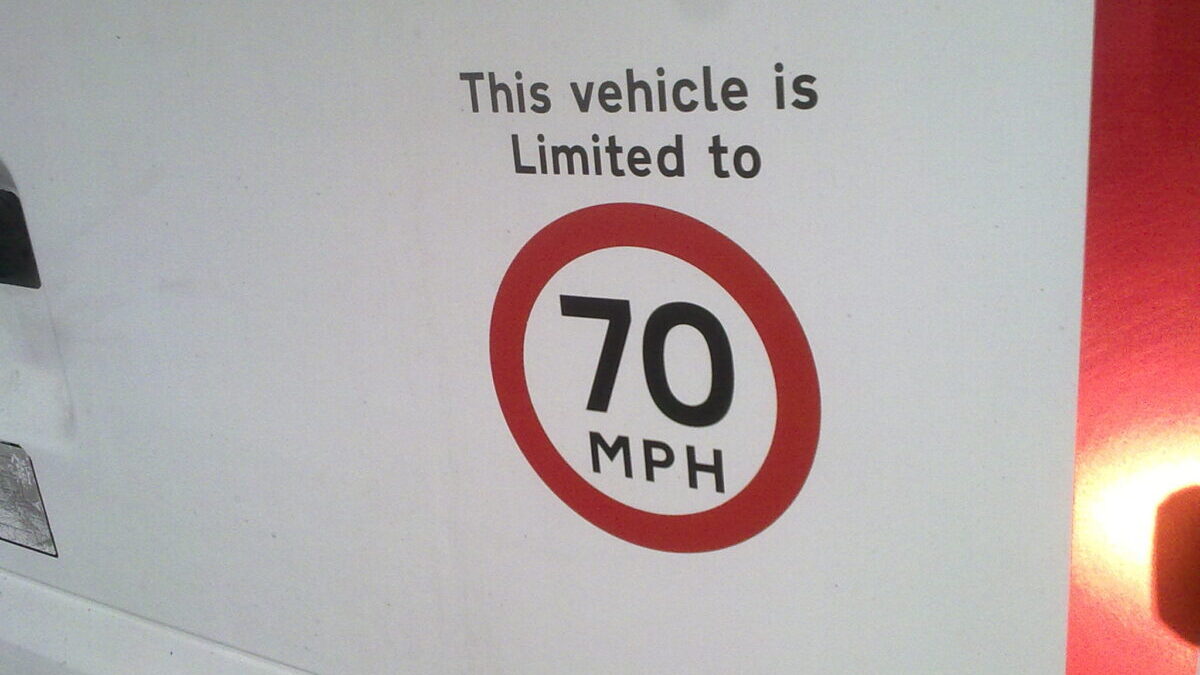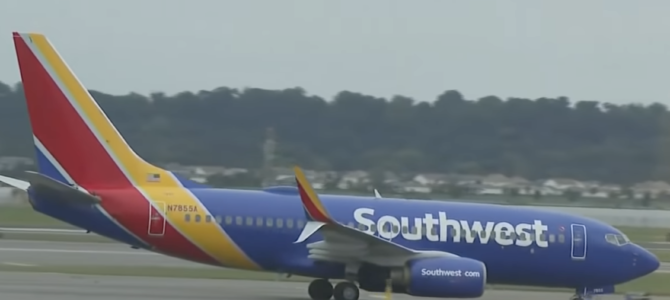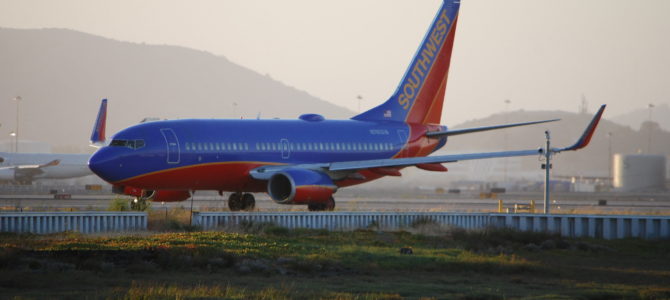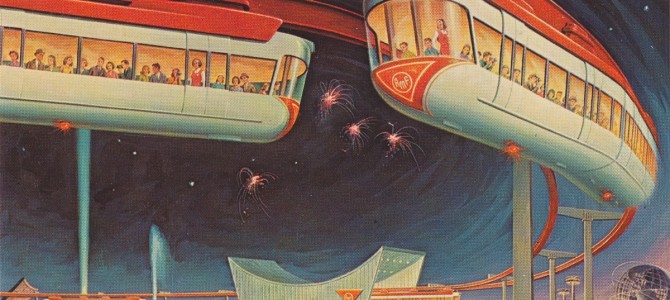
As much as the left rails against the right for having “no new ideas” and “wanting to take us back to the 1950s”, it’s striking how many “progressive” ideas are really a century old. Don’t let the new paint job fool you. It’s the same ideological engine pulling the fancy new train, connecting one bad policy to another and towing a string of failed government projects along the familiar tracks toward unified mediocrity.
In Seattle, this train isn’t just metaphorical. Here, the taxpayers have footed the bill for Link Light Rail for almost a decade, which currently serves a whopping 33,878 people daily with its two operational lines. Transit is one of the biggest line items in the King County budget, and this year we’re spending half a billion on subsidizing and expanding mass transit.
Why? If progressives were really bent on providing as many people as possible with cheap and convenient transportation, they wouldn’t devote such a singular focus on finding new ways to subsidize mass transit, even when pocketbook support in King County is spotty at best. Not if they truly understood the cultural importance of private transportation in America.
Government vs. Private
Seattle’s transit situation is illustrative of the gaping chasm between how the proponents of big government frame “solutions” and then pursue them single-mindedly, and how the private sector naturally develops products and services that actually improve people’s lives.
While Friends of Transit zealously protects and defends the rail system, Seattlites have seen a blossoming in private sector transportation. Presently, we have the tremendously popular ride sharing services of Uber and Lyft, as well as Car2Go. Seattle is one of the few cities these startups have expanded to, and happens to enjoy all three services at a more reasonable price than taxis.
Despite the City’s recent transit study that stated there was no more demand for taxi-like services (therefore justifying the 25 year cap on the number of Seattle taxis), the ride sharing startups proved otherwise. But Seattle’s left-leaning population rose up in protection of Uber and Lyft, gathering enough signatures to submit the 150 car cap on the companies’ operations to be on the ballot this November.
Seattle’s hardly alone in this heightened diversification. In San Francisco, the app startup RideScout is revolutionizing the way people get from point A to point B, providing users with several different options available to them at any given place or time, comparing prices, travel time, and more. Some cities like Austin are picking up on the convenience of ride-sharing and are in the planning stages of implementing a bicycle-sharing program in hopes of easing traffic congestion. Even Seattle’s Mayor has said he’ll announce a bike-sharing program sometime this year; kudos to Murray on that (although I don’t see why it must be a public service). Google’s self-driving cars are on the horizon, too, potentially revolutionizing the way we commute, especially for those with disabilities.
The reality is that people have diverse needs and varying budgets and time commitments. They need diverse methods of transportation and varying combinations thereof to fit their needs for each life experience. A night on the town? Why not drive a Car2Go to your party scene, then let an Uber driver carry your inebriated self safely to your front door? Need to get to the grocery store? Take your own car. Last minute flight and no friend to drive you? There’s an app for that. Heck, you can even take the bus, if you’re into that sort of thing.
Yet despite this diverse and thriving transportation market, the so-called progressive left remains intractable on its vision of mass transit, as rigid and single-tracked as the rails it defends.
I’m not saying that all rails are bad all the time, or that buses are a waste of resources. I rode public transit in Seattle for two years in college, as a necessity. I can honestly say I loathed 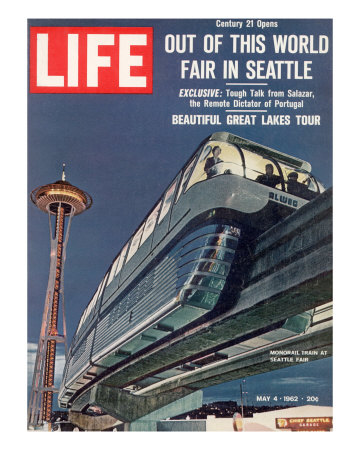 every minute of it, but in combination with my tennis shoes, it nevertheless eventually got me where I needed to go. I’ve also taken the rail before, and it worked for those particular occasions—minus some minor gripes about the odor of my fellow passengers, and how long I had to wait in the cold for the train to come. I’d even go so far as to say that some rails can even be profitable–one of the nation’s very few self-sufficient transit systems is the 1-mile track Seattle Monorail, built in 1962 for the World’s Fair.
every minute of it, but in combination with my tennis shoes, it nevertheless eventually got me where I needed to go. I’ve also taken the rail before, and it worked for those particular occasions—minus some minor gripes about the odor of my fellow passengers, and how long I had to wait in the cold for the train to come. I’d even go so far as to say that some rails can even be profitable–one of the nation’s very few self-sufficient transit systems is the 1-mile track Seattle Monorail, built in 1962 for the World’s Fair.
As Sound Transit wraps up work on the new line from Seattle’s University district, Senator Patty Murray has given lip service to the idea of transit diversity (as the left does with all kinds of diversity), “We know that this community needs more transportation options, and this project is going to deliver”. Patty Murray’s statement smells like the far-fetched aspiration of the Mayor, who recently told the Puget Sound Business Journal that he wants to see 75% of our workers commuting by bike, walking, transit, or carpool. He supports “broadening the array of transportation options”.
But the left’s definition of “options” still encompasses the most archaic modalities. Mayor Murray’s SDOT funded Walk Bike Ride Initiative is getting $5.8 million for“bike greenways”. And Seattle’s Transit Master Plan includes expansion of Seattle’s streetcar network—a mode of transportation almost as old as the lightbulb. How quaint.
No, it’s certainly no secret that the Seattle leftists have a certain disdain for the private automobile, though at least the Mayor concedes the common sense of private carpooling. They dislike cars almost as much as they adore trains. Pro-mass-transit activist groups like Friends of Transit and Seattle Subway drum up support for new taxes and levies for transit by wagging their finger at us and warning, as if it were surely a sign of our impending doom, that30,000 more cars will be added to Seattle streets if we don’t let Sound Transit dig a little deeper into our pockets. 30,000 more cars (never mind that this is a 3% increase)—just think of the traffic! Think of the environmental impact!
The TMP also aims to do its part in mitigating climate change by “reducing vehicle miles traveled from private vehicles”, asserting that “improved bus and rail service reduce emissions by encouraging travelers to shift some trips from driving to transit”. And by “encourage”, they mean to construct our transportation networks in such a way that, due to “road diets” and further restricting road space to make room for dedicated bus and bike lanes (a paradoxical effort, seeing as one of their favorite talking points is our “overcrowded” roads), driving becomes even more of a hassle than taking the bus that never runs on time and the train that leaves on the half hour and lands you a dozen blocks away from your actual destination.
In short, progressive city planners would like to define your options for you, and they make it quite obvious which options they believe to be better for you and for society.
Stop Worrying and Learn To Love The Train
Mass transit is perhaps the clearest example of regressive leftist ideas, though perhaps not the most egregious.
While many of us can understand that even archaic modes of transportation such as bicycles can sensibly deserve some investment, the left’s extreme fondness for trains (it doesn’t matter what you call them—they’re trains) seems inexplicable to the casual political observer. Could it be because trains are an excuse to plan a condensed city around a transit network, instead of planning a transit network that serves the city’s widespread population?
Major international cities such as Tokyo have long been the envy of American progressives for their robust high-powered rail system, serving 8.7 million riders a day with 290 stations, efficiently moving commuters, packed in like sardines, from home to work, then back again. New York has a subway system that seems to suit locals’ transit needs better than the street networks.
There’s also the element of cultural bias. Leftists have persuaded many people that mass transit, particularly the train, “connects our neighborhoods”, using New York City as an example. It becomes an element of communitarian positivity — trains bringing us all closer together. It makes us feel warm and fuzzy inside, to think that we can all be one big happy community of urbanites, zipping back and forth among Seattle’s business hubs.
But why do we have to centralize in the first place? Why push individuals into mass transportation, instead of let them live, work, and travel independently where they please? After all, if we actually put a little creative energy into providing locals with highly coveted parking spaces, and quit narrowing our roads and letting year-long construction projects congest our main streets, we’d be just as connected, if not more so.
The left believes that government control is the agent of progress, and centralization is key to government control. Centralization doesn’t simply mean gathering the population into a smaller and smaller area, making government oversight easier. No, the real achievement of mass transit-centered city planning is the uniformity of experience: Wake up, walk to the train station, board the train, arrive at work, walk back to the train station after work, ride the train home. Repeat, en masse.
One of the beautiful things about the American republic is the diversity of life experiences. They vary state to state, urban to rural, by climate and weather, by geography, law, religious norms and values, dialect, heritage, and tradition.
And one of the biggest factors in allowing Americans such freedom to do what they want to do, be what they want to be, and be where they want to be, is the automobile. Independent mobility is a huge contributor to having a completely unique life experience from day to day; it’s both a contributor and a solution to our diverse needs as individuals.
This is what the left doesn’t understand about the importance of car travel in American culture. They bat it away with the one hand, while demonstrating the achievements of mass transit on some other shore with the other, insisting that we be like them, that we “move the country forward”, that it is actually the automobile that’s the archaic and least impressive modality.
But cars are as integral a part of our culture as the nuclear family. The reality is that America is an incredibly diverse and mobility-loving nation in ways that change and adapt with the times. We also love private independent travel which responds to our needs as consumers rather than cramming us into a box — and that’s perhaps one of the biggest factors contributing to the success of Car2Go, Uber and Lyft.
It strikes me as hypocritical for the left to repeat the meme, over and over, that the right is only interested in old ideas and want to return us to the past, while they themselves are partial to outdated concepts of travel. They claim they are the party of diversity, yet they cringe at the thought of letting a free market provide the diverse transportation options customers desire. They present themselves as having an ideology of cultural understanding and acceptance, yet they seek to appropriate foreign methods and customs to American populations, insisting that it will be just as efficient, just as healthy for our society.
No, everything must be the same. We should conform to the ways of other continents, we should centralize transportation and urban planning to stay connected, efficient, and green. Forget ride-sharing services and Car2Go, forget Google cars. Accept that the future of transportation lies with public mass transit.
For the left, diversity is the enemy of progress. But without the diversity of the free market, what progress will there really be?
Follow Georgi Boorman on Twitter.


